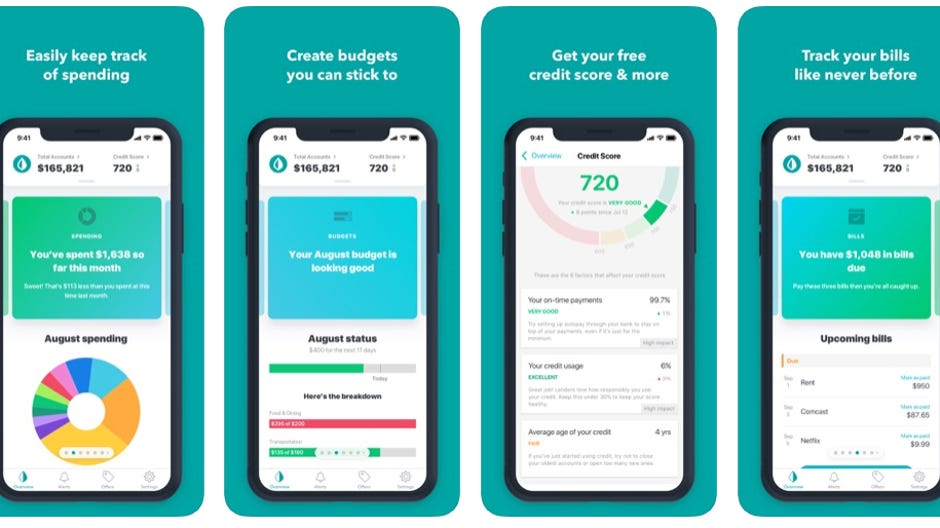

Try to let your money sit for about 30 days before using it. This maintains the zero-sum in your budget. If you overspend in one category, simply move money from a less-important category to cover your overspending. By setting money aside for it each month, you will avoid the often heavy and stressful impact of such bills. This rule teaches you to make monthly contributions to once-a-year large payments that often come as a surprise to many, like insurance and subscription payments. You must assign every dollar to make the best of your money, and this refers only to the money at hand. It could be the payment of electricity bills, saving up for a vacation, or paying the rent. Every dollar in the YNAB system must have a job, a purpose. The four rules that make YNAB stand out from other personal budgeting software are: Then, if you happen to overspend money on one category for the month, simply move money from a different category to that overspent category. For instance, you can dedicate a part to saving for a holiday, another part to an emergency fund, a wedding, shopping, and so on. Rather, you dedicate different amounts to different needs based on priority. However, this doesn’t mean spending your money carelessly. So there is nothing left at the end of the month. Zero-based BudgetingĪ zero-based budgeting system lets you make use of every single dollar you earn. And one, in which you always have some money in the bank. This helps you to create a debt-free lifestyle.
:no_upscale()/cdn.vox-cdn.com/uploads/chorus_asset/file/21995228/Screen_Shot_2020_10_28_at_10.21.41_AM.png)
YNAB stands out because it focuses on how you intend to spend the money you currently have, not the money you are expecting. They came up with rules to help with money management and these rules boiled down to four major ones that would become the core of the YNAB system. YNAB started in 2004 when founder Jesse Mecham needed a way to manage his and his new wife’s finances.


 0 kommentar(er)
0 kommentar(er)
